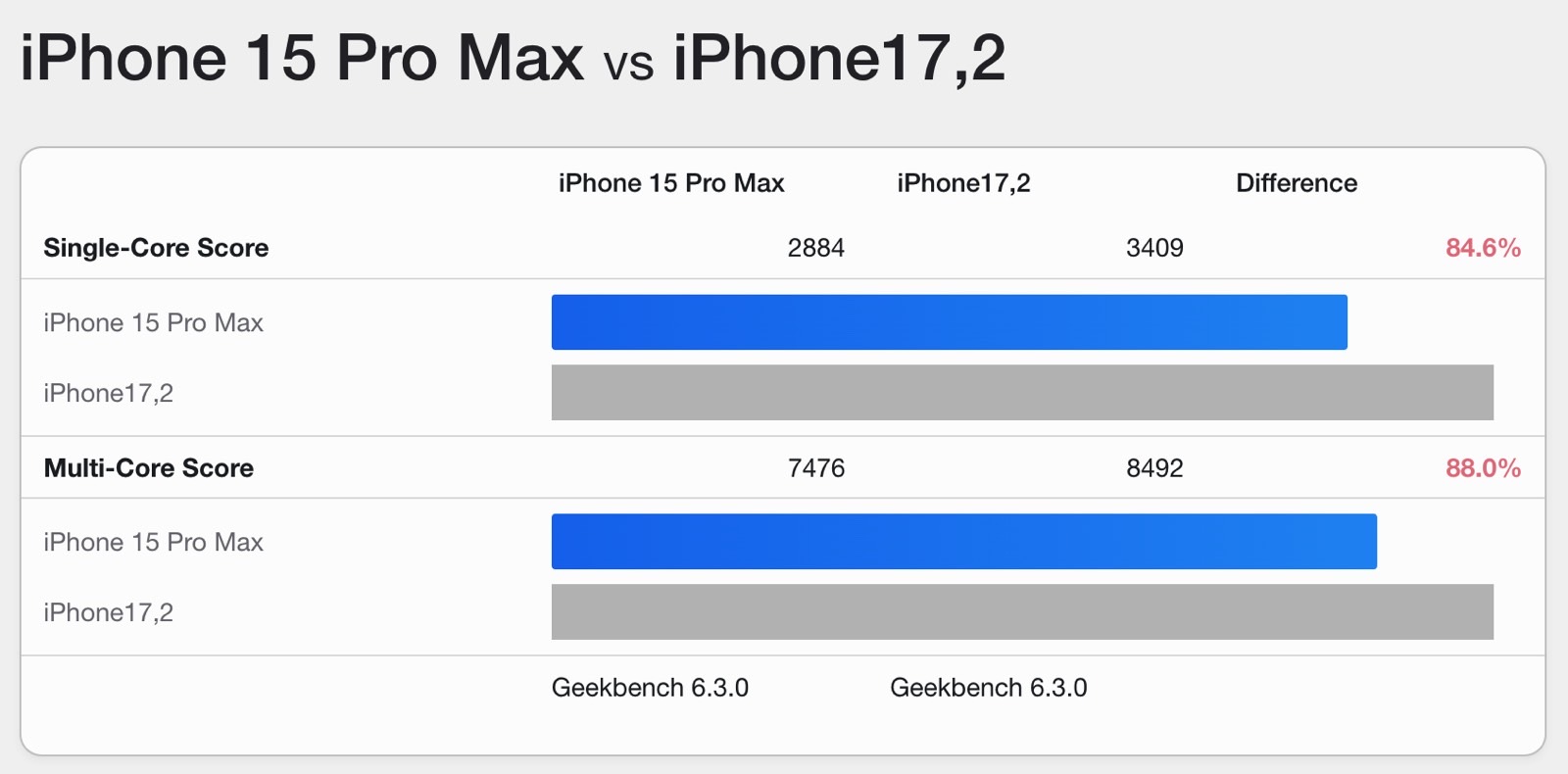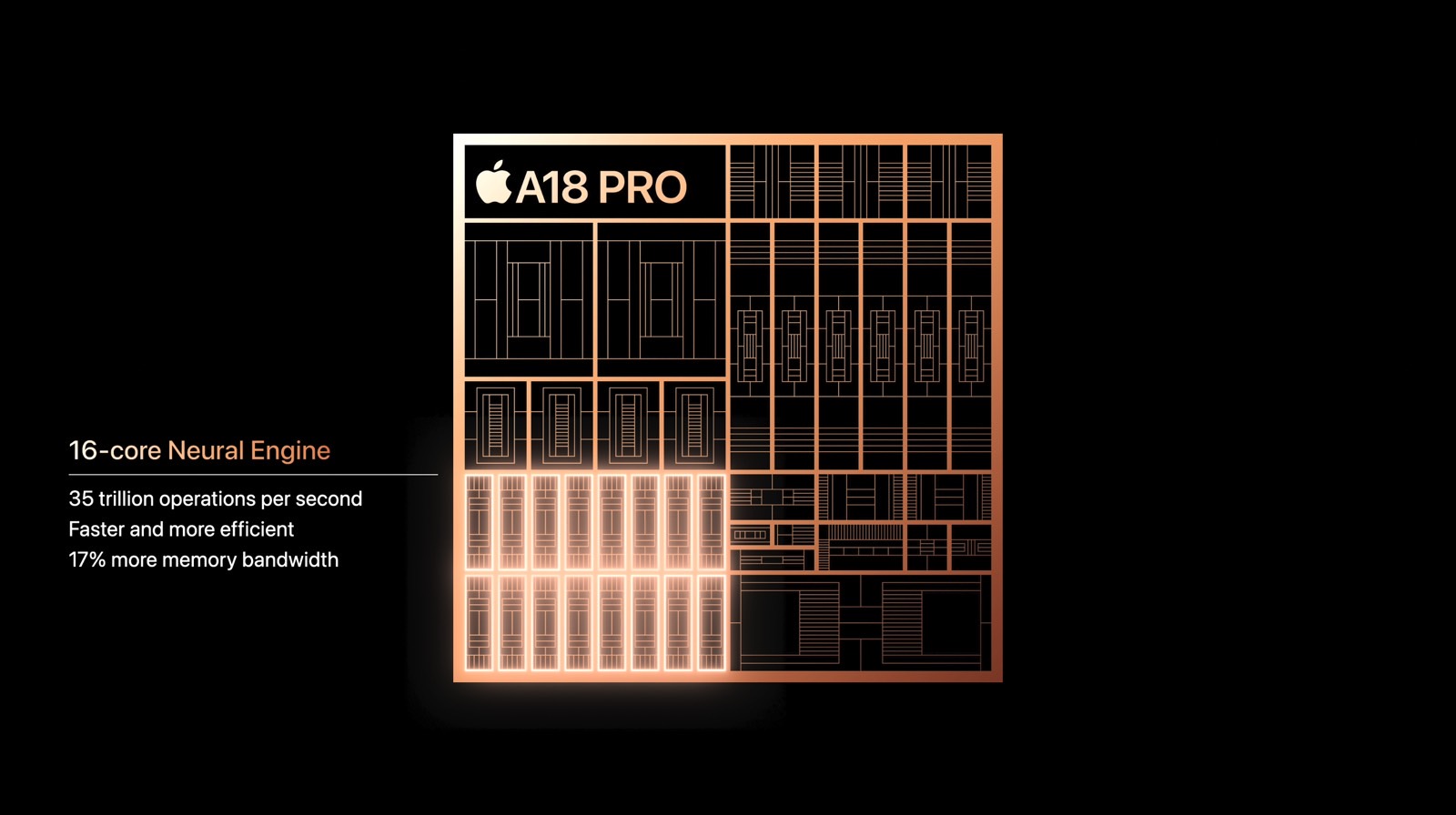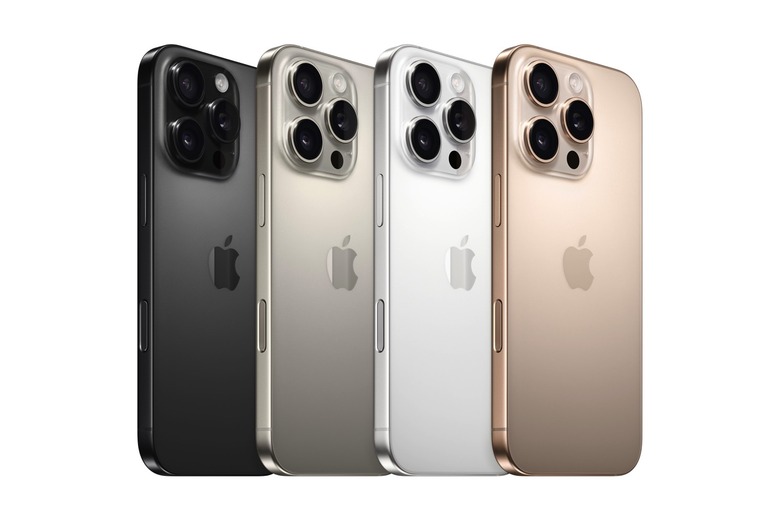iPhone 17 Air Specs Might Barely Be An Upgrade Over The iPhone 16, But That's Fine By Me
I'm about to get the iPhone 16 while suppressing every thought that tells me the iPhone 14 Pro I'm using right now can easily last another year. I'm not that excited about the iPhone 16 as an upgrade. Instead, I'm much more intrigued by the prospect of an ultra-thin device like the rumored iPhone 17 Air that might debut next year.
I will still take advantage of all the new features and enhancements that come with the iPhone 16 while dreaming of a thinner device. That includes the iPhone 16's Camera Control button, significantly improved battery life, and Apple Intelligence... someday. I may have to wait a long time for Apple's AI to hit the iPhone 16 where I live in Europe, but I'll surely make the most of the first two.
Battery life is clearly one of the best things about Apple's new iPhones. Early iPhone 16 reviews show that battery life is better than last year. Apple teased these improvements during the event, though we had to check Apple's website to see the iPhone 16 battery estimates.
Thinking ahead, I've already explained that battery life will be a key feature for the so-called iPhone 17 Air of the future. Apple will have to ensure that the slim iPhone doesn't compromise all-day battery life, which is the norm for iPhone 16 models.
The iPhone chip is a key component in all of that. The M4 iPad Pro offers tremendous battery life because of that M4 chip. We already have a report from an Apple insider that teases the future roadmap of Apple's custom silicon for iPhones.
If Ming-Chi Kuo's remarks are accurate, the iPhone 17 Air might not deliver big speed gains over its predecessor. Instead, the A20 chip powering the 2026 iPhone 18 will provide the next big tech breakthrough.
Kuo took to X to share an update on TSMC's roadmap. According to him, the 2025 iPhone 17 models will feature A19 chips based on TSMC's N3P 3nm tech. Then, some of Apple's 2026 iPhones will move to TSMC's 2nm chips. However, Apple may not equip all iPhone 18 models with 2nm processors.
The processors for 2025 iPhone 17 models will be made by TSMC's N3P process/3-nanometer technology. The processor for 2026 iPhone 18 models is anticipated to use TSMC's 2-nanometer technology. However, due to cost concerns, not all new iPhone 18 models may be equipped with a...
— 郭明錤 (Ming-Chi Kuo) (@mingchikuo) September 19, 2024
The smaller the process, the faster and more energy-efficient the chip. Apple introduced the first 3nm chip with the iPhone 15 Pros, the A17 Pro, which was built on TSMC's first-gen N3 3nm process.
This year's A18 and A18 Pro are also 3nm chips, but they are based on TSMC's second-gen N3E tech. They offer speed and efficiency gains over the A17 Pro. Also important is that Apple managed to create new A-series chips for the 2024 iPhone generation. In previous years, Apple recycled the old generation chip for the non-Pro models. Only the iPhone 14 Pros and 15 Pros got a brand-new processor.
The first iPhone 16 benchmarks show that the A18 chips are indeed faster than the A17 Pro. We're looking at gains of almost 20%. They're no match for the competition.

Also, the battery life tests from those iPhone 16 reviews indicate that the chips are very efficient. Sure, the iPhones feature larger battery packs, but chip efficiency is also a key factor in improving battery life.
When I bought the iPhone 14 Pro two years ago, I realized I didn't need all the power of the then-best-in-class A16 Bionic. I could have gone with the regular iPhone 16 and its A15 chip. I will move to an A18-powered iPhone 16 rather than going Pro again.
Most of the time, I won't need the top performance the A18 Pro can deliver. The A18 should be more than enough. I will want fast on-device AI processing. And I will want great battery life. The iPhone chip doesn't have to beat all benchmarks to get me that.
I'm not saying Apple doesn't need to keep pushing the envelope. We need transistors to get as small as possible for those speed and efficiency gains. Only then will ultra-thin gadgets be possible. Remember that rumors also say Apple is working on a foldable Mac/iPad and foldable iPhone. These devices will have to be thin enough. That's why the chip technology will be incredibly important.
With that in mind, I'm already thrilled at the prospect of having an ultra-thin iPhone in my pocket. It hasn't happened since the iPhone 6s. I would get the iPhone 17 Air next year, even if it rocks a chip that's not too different than the A18 Pro.

The iPhone 17 Air won't have to be as fast as the iPhone 17 Pro and 17 Pro Max to feel incredibly fast for almost everything I do on the iPhone. I'll be happy if it has great battery life and fast AI.
Also, rumors already say that the Air won't be a true flagship like the iPhone 17 Pros because Apple can't make it happen next year. But I think that once we get to those 2nm chips (and beyond), all of Apple's iPhones will become thinner than ever while delivering even faster speeds.
Kuo's remarks only scratch the surface. And, while he's often reliable about Apple, he can make mistakes. It's still early to discuss the performance of TSMC's new 3nm and 2nm chips. In the coming months, we'llearnut more unofficial details about the A19 and A20 chips.
